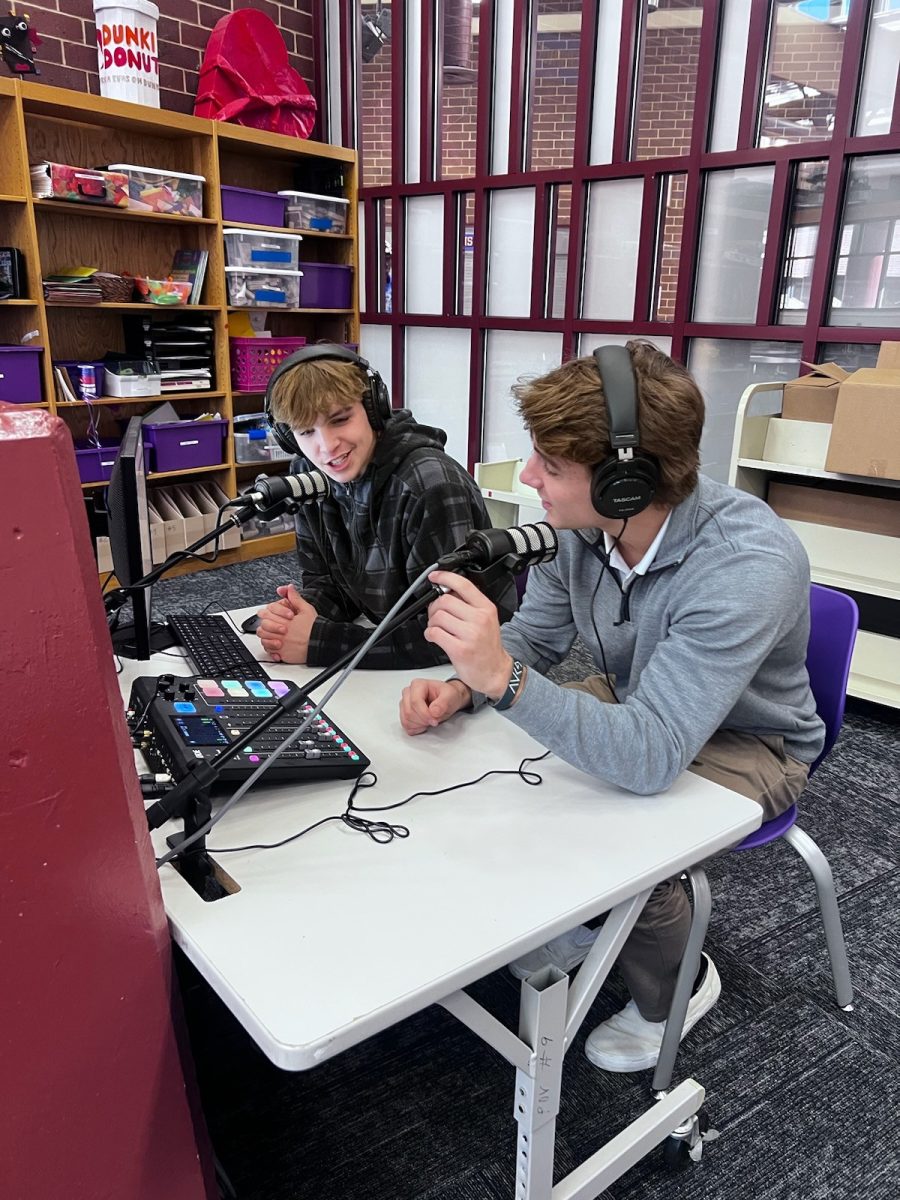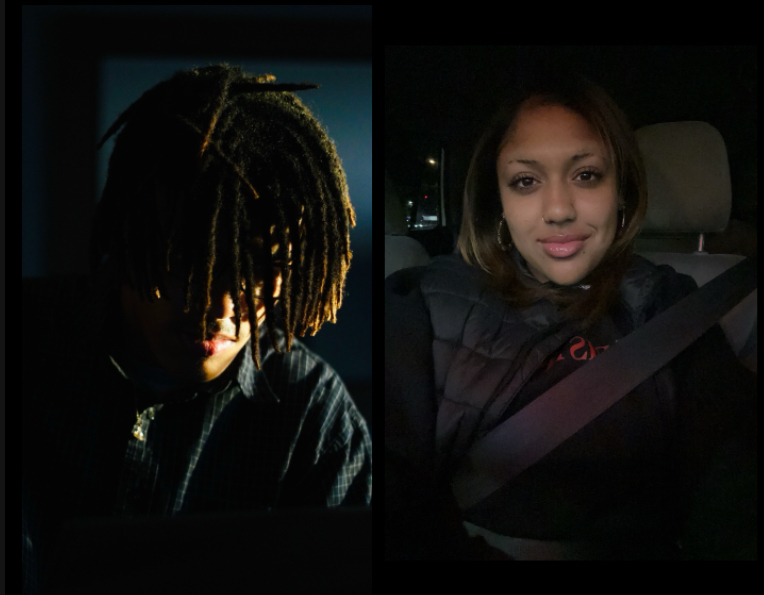Fear is a natural human response that has helped us since the beginning of our time here on Earth. It helps us determine dangerous situations. Nowadays, modern humans don’t necessarily have to worry about hunting and gathering, but there’s something that will still get that adrenaline pumping: horror films. Let’s discuss why those mysterious creaks are so scary in horror movies and games.
Have you ever wondered why horror movies and games can make our hearts race? As it turns out, the sound design in horror media is designed to target our biological responses and scare us.
Our human ancestors thousands of years ago were apex predators. Although modern humans no longer have to worry in that way, our biological signals still play a role in our responses to fear. For instance, screams have unique qualities that make them an effective signal of danger. A scream will immediately alert any animal, and horror media uses this to disturb the viewer.
Humans are biologically wired to fear what they cannot see or recognize. A sound in horror media that the consumer can’t identify seems more disturbing than the danger that can be seen and recognized.
Scary play can also help humans overcome fears and face new challenges. So, the next time you find yourself getting scared while watching a horror movie or playing a horror game, remember that it’s not just your imagination; it’s your biology at work.
When discussing sound–specifically in the horror genre–the first thing that comes to mind for many is the jump scare. Horror media that relies heavily on constant, loud jump scares leans more on its visuals to be the most impacting factor.
Horror media relies on the build-up of tension and suspense to scare the consumer. Sound in horror doesn’t necessarily need to be loud to make the viewers uneasy; it can be as simple as a wind chime. The sound that builds up tension leaves the viewers feeling creeped out for the duration of the film or game, rather than only when the jump scares happen. This leaves the viewer with a long-lasting feeling of fear.
Suspense and tension work best in horror films but can also work just as effectively in horror games. Developers can use the game’s mechanics to their advantage, building tension by strategically placing certain sounds when the player is most vulnerable.
The uncanny valley is when something looks borderline human; creating a sense of unease in the people seeing it. This ties in with a deeply rooted human fear; the unknown. Humans are inherently scared of what they do not know and horror media dramatically takes advantage of that.
The uncanny valley works best in the environment of a horror game, rather than a movie, due to the more player-controlled environment. Developers want to create that feeling of strangeness, since the player has to face dangers to progress through the game directly; that eerie feeling of hearing something in the distance that sounds almost human will be more effective.
Sound is an integral part of the horror genre. It takes advantage of humans’ biological fears; it’s an essential factor in building suspense, and tension that will leave the person with a sense of long-lasting unease. Without it, the horror genre would be highly disadvantaged. Sound design should always be a big priority for creators who want to make compelling horror piece.






